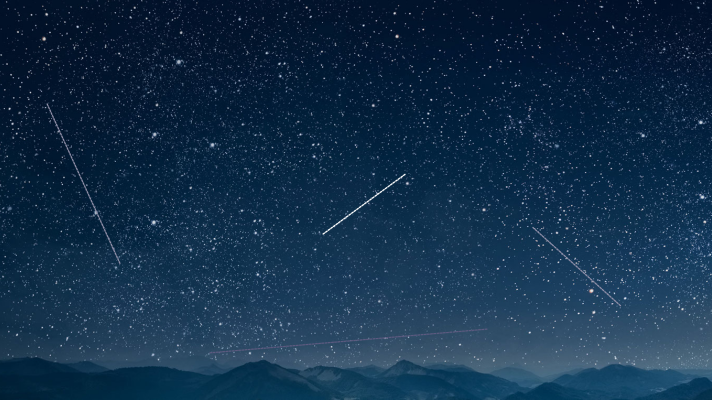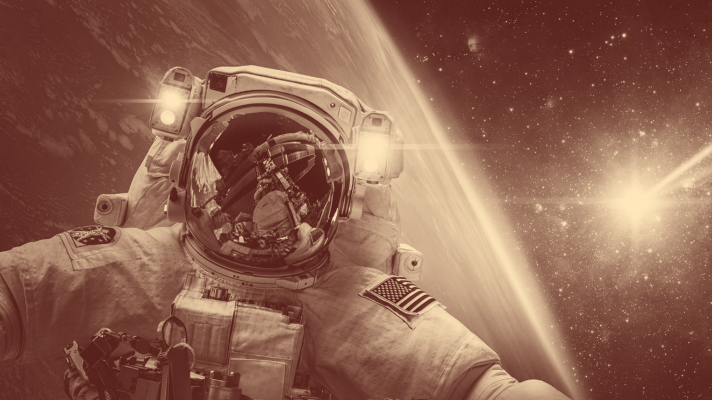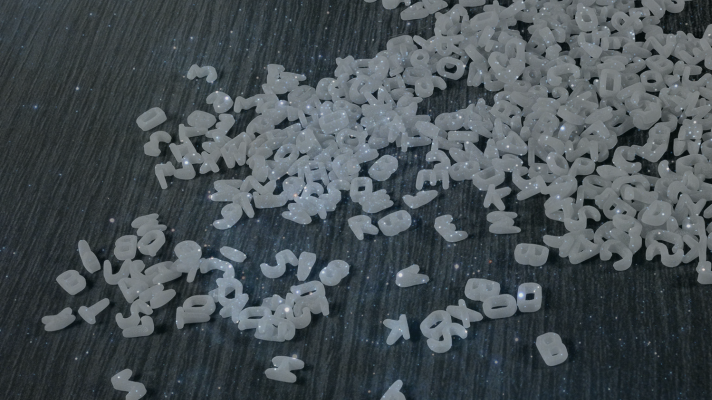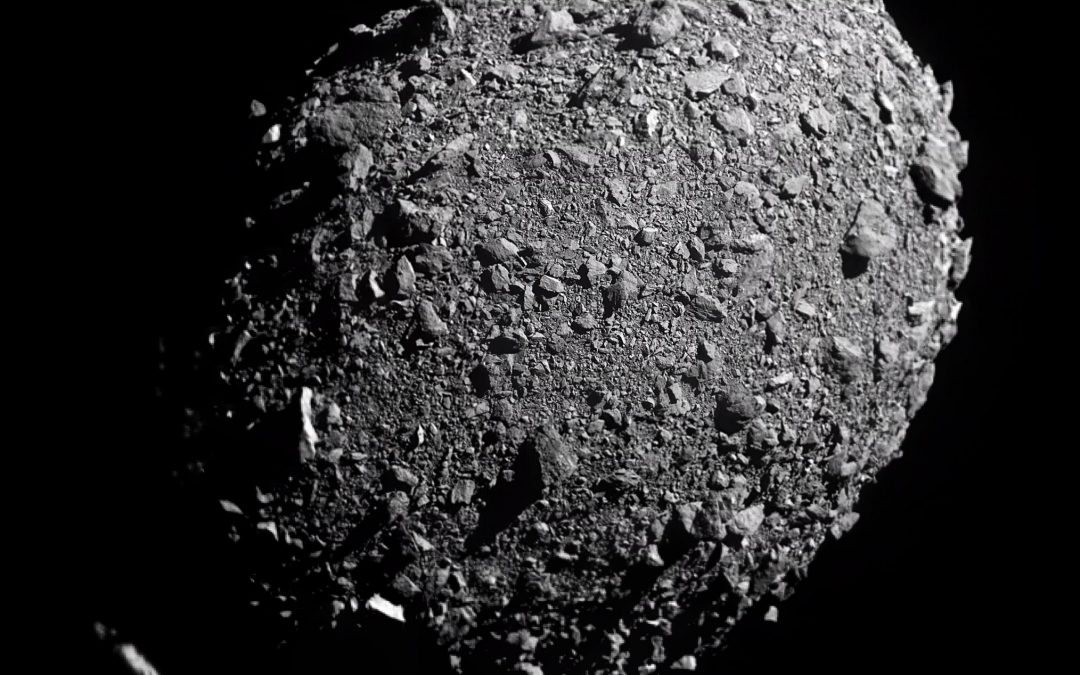Light pollution is a big problem, and it’s only getting worse — not just near cities but everywhere thanks to increased satellite constellations. How bad is the problem, and how can we fix it?



Fraser Cain
Universe Today

Dr. Pamela Gay
CosmoQuest

Light pollution is a big problem, and it’s only getting worse — not just near cities but everywhere thanks to increased satellite constellations. How bad is the problem, and how can we fix it?

We’re recording this episode on Halloween, so how could we resist but take advantage of this opportunity. Space is already terrifying enough, you know, with the vast endless emptiness, incomprehensible mysteries, and uncaring coldness. But here are some scary stories to spook it up a notch.

Space is a big place, with a lot of galaxies, stars, planets and moons, and that means a lot of names. How do astronomers name stuff, like comets, asteroids, exoplanets, craters?

This week we saw the incredible image of DART smashing into asteroid Dimorphos. Beyond avenging the dinosaurs, what can we learn scientifically from this and other asteroid/comet impact missions?
Recent Episodes
Wouldn't it be cool to explore the cosmos, powered only by sunlight caught by your shimmering solar sail? It sounds like science fiction, but it's serious science - a test sail has even been sent to orbit. It might even be a way to travel from star to star. Ep. 262:...
Last week we introduced the science of lasers and masers. This week we apply that knowledge to our favourite field: astronomy. Learn how naturally forming masers teach us about the cosmos, and how the artificially produced lasers help us gather better science. Ep....
Just when you think you understand it, light will do some amazing things. Just look at the discovery of lasers, and their use in almost every technology you can think of: from cutting, to transmitting information to, yes, astronomy. And nature has figured out its own...
Mars gets all the attention, but you might be surprised to know how much Venus has been explored. From initial telescope observations and the early flyby missions, to the landers… yes landers and orbiters. We know quite a lot about Venus, but the planet sure didn't...
Last week we talked about the orbiter portion of the Viking Missions. But that was only half the adventure. Each Viking spacecraft carried a lander as well, which touched down on the surface of Mars, searching for evidence of past and current life. And what they...
Spirit, Opportunity and Curiosity get all the news now, but it was NASA's Viking Missions that gave us our first close up view of the surface of Mars. These twin missions, both made of orbiter and lander set the stage for the exploration of Mars, demonstrating that we...
When it comes to telescopes, astronomers really just care about resolution: how much can you see? Your resolution defines how much science you can get done, and it depends on your gear, wavelength, and conditions. Putting a telescope in space really helps too. Ep....
Hydrogen is the most common element in the Universe, formed at the beginning of everything in the Big Bang. It's the raw material of stars, gathering together through mutual gravity into vast nebulae. Astronomers can learn so much looking for hydrogen in the Universe....
Light can do some pretty strange stuff, like pass through objects and bounce off them; it can be broken up and recombined. In fact, everything we "see" is actually the end result of reflection and refraction of light. Time to understand how it all works. Ep. 254:...
Next time a kid asks you, why is the sky blue? Answer them: because of Rayleigh scattering. If they're not happy with that answer, feel free to expand based on the knowledge we're about to drop today, right into your brain. Ep. 253: Rayleigh Scattering Jump to...
Quantum theory is plenty strange, but one of the strangest discoveries is the realization that there's a limit to how much you can measure at any one time. This was famously described by Werner Heisenberg, with his uncertainty principle: how you can never know both...
Have you ever looked into the sky and noticed a fuzzy blob? That's a Messier Object, carefully cataloged by Charles Messier to make it easier to find comets. We'll learn about the history of the catalog, Messier's criteria and some of the prominent objects you'll see...
Accuracy, precision and reproducibility. These are the foundations of science that make our progress possible. How do these play into a scientist's daily activities? And just how precise can we get with our measurements? Ep. 250: Precision Jump to Shownotes Jump to...
You've probably all heard of Schrödinger's Cat, that strange thought experiment designed by Erwin Schrödinger to show how the strange predictions of quantum theory could impact the real world. No cats will be harmed in the making of this episode, maybe. Ep. 249:...
Time for another detailed look at a constellation; one of the most fascinating in the sky, but hidden to most of the northern hemisphere: Carina. Home to one of the most likely supernova candidates we know of: Eta Carinae. Let's talk just about this constellation, how...
This is going to be one of the "how we know what we know" kind of shows. How do scientist determine the age of things? How do we know the age of everything from stone tools, to the age of the Earth, to the age of the very Universe. Ep. 247: The Ages of Things Jump to...
The number of moons, the age of the Sun, and our placement in the Milky Way all had an impact on the formation of the Earth and the evolution of life on our planet. But what if things were different? What would be the implications? Ep. 246: What if Something Were...
Our lives are ruled by calendars. And calendars are ruled by astronomy. As we near the end of 2011, and get ready to ring in the new year, let's discover the astronomy underlying the days, weeks, months and years that segment our lives. Ep. 245: Calendars Jump to...
If you want to see one of the strangest places in the Solar System, look no further than Io, Jupiter's inner Galilean moon. The immense tidal forces from Jupiter keep the moon hotter than hot, with huge volcanoes blasting lava hundreds of kilometres into space. Ep....
On June 30th, 1908 "something" exploded over the Tunguska region of Siberia, flattening thousands of square kilometres of forest, and unleashing a force that rivalled the most powerful nuclear weapon ever detonated. What was it? What could unleash that kind of...